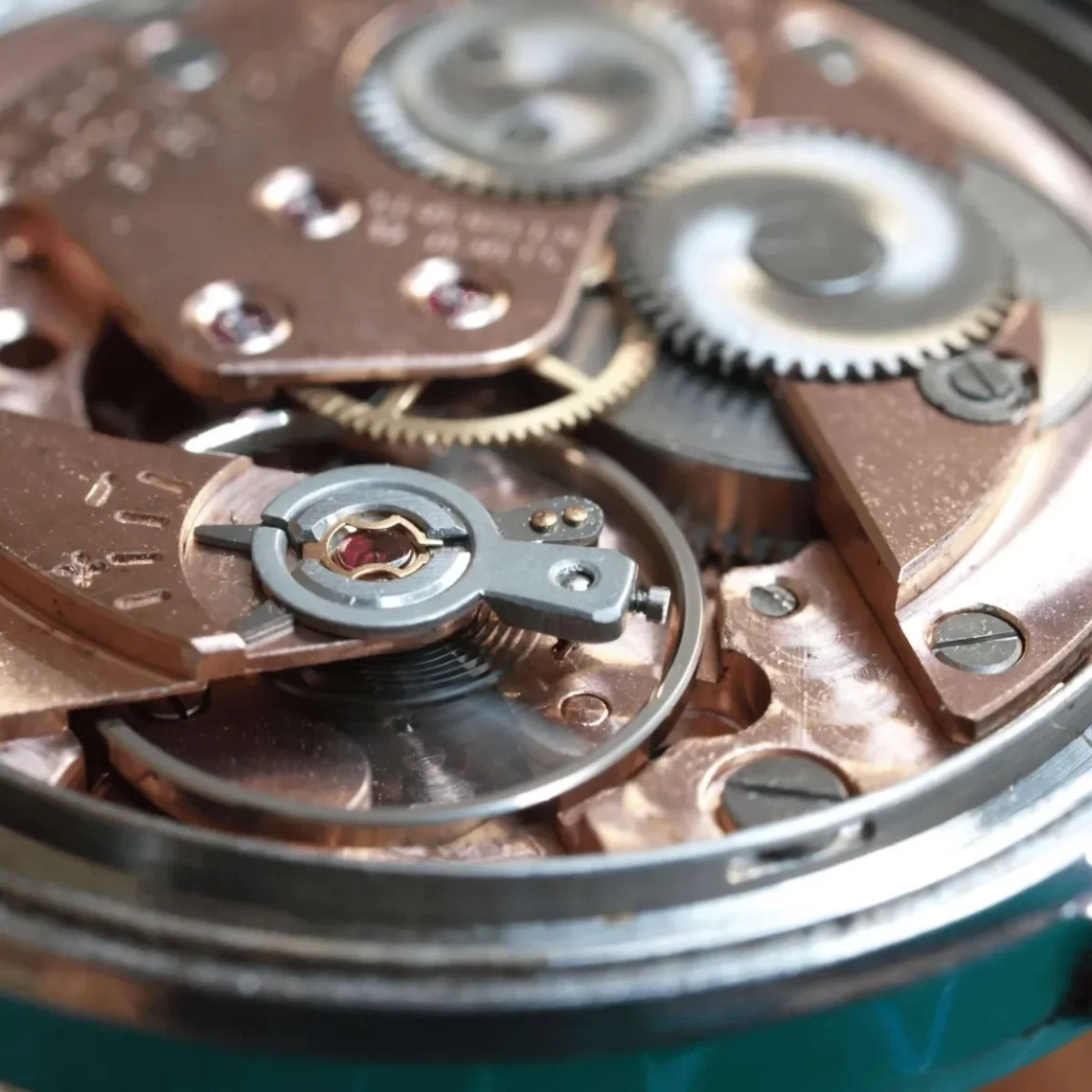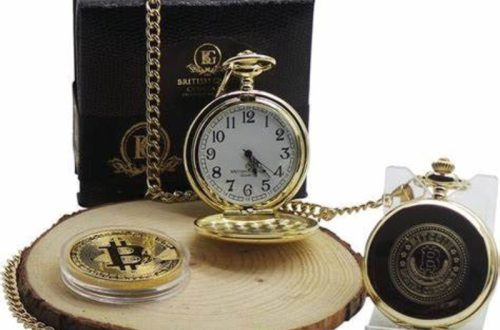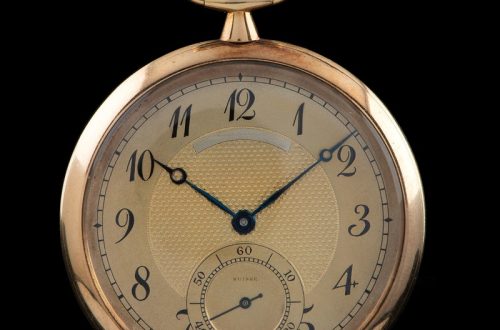Introduction
The world of horology is a sophisticated blend of art and science, particularly when it comes to watch mechanical movement. In an era dominated by digital devices, mechanical watches have carved their niche, appealing to enthusiasts and collectors alike. These timepieces offer more than just functionality; they embody precision engineering and exquisite craftsmanship.
Mechanical movements represent a rich history of innovation and artistry. Whether you are a seasoned watch collector, a casual consumer, or a gift buyer looking for a meaningful present, understanding watch mechanical movements is essential. This article will delve into what defines a mechanical movement, the different types available, how they function, and the benefits they offer. We will also explore reputable brands that specialize in mechanical movements and provide maintenance tips to keep your watch in top condition.
Join us on this journey to uncover the intricate world of mechanical movements, and discover why these timepieces remain the choice of discerning watch aficionados.
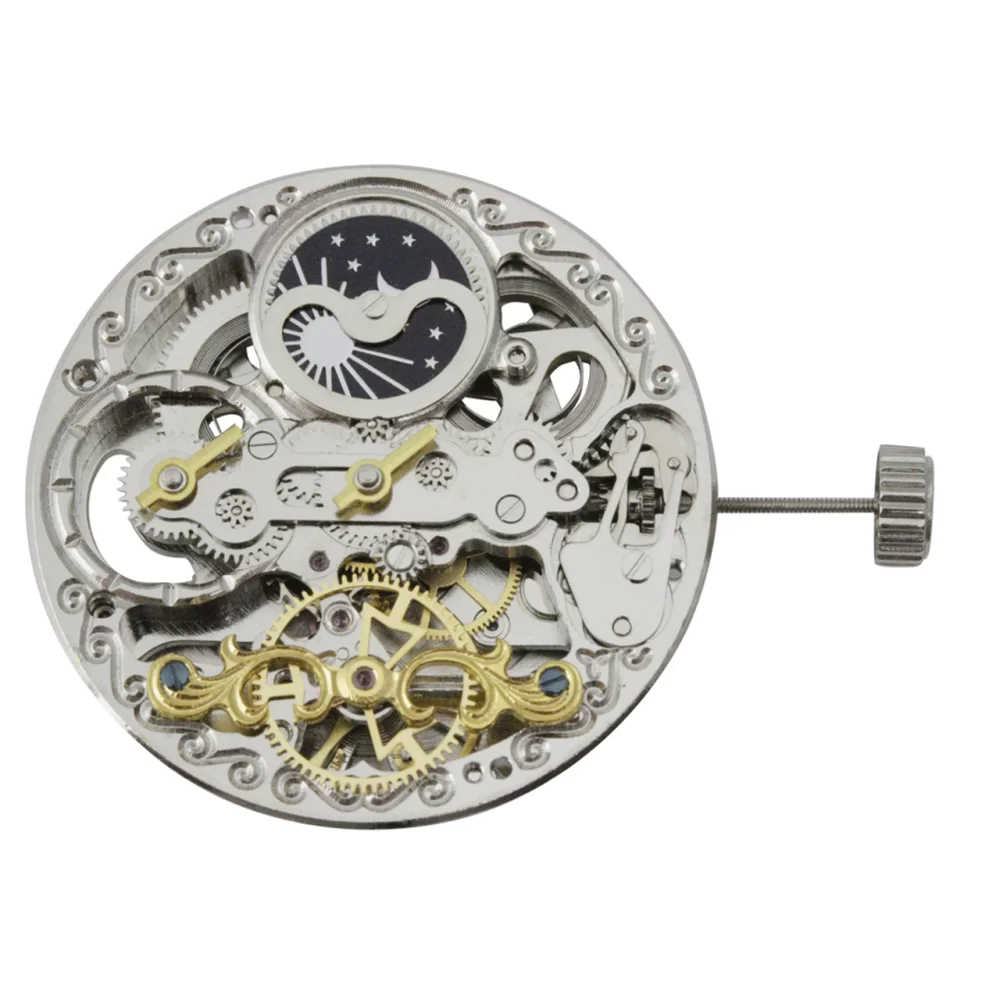
What is a Watch Mechanical Movement?
A watch mechanical movement refers to the intricate series of parts that drive a mechanical watch. Unlike quartz watches that rely on a battery for power, mechanical watches use a complex system of gears, springs, and levers. This craftsmanship transforms energy into accurate timekeeping.
Key Characteristics of Mechanical Movements
1. Power Source: Mechanical movements operate through a mainspring. This coiled spring stores energy when wound and gradually releases it, powering the watch.
2. Precision Engineering: Mechanical movements typically consist of hundreds of tiny parts, each precisely engineered to work together. This precision is a hallmark of high-quality watchmaking.
3. Tactile Experience: The experience of winding a mechanical watch or hearing its ticking sound creates a personalized connection between the wearer and the watch.
4. No Battery Required: Mechanical watches do not use batteries, which makes them appealing to those who prefer traditional craftsmanship. This aspect emphasizes the art of watchmaking.
Understanding mechanical movements is fundamental for appreciating these timepieces. The complexity and design reflect the skill involved in creating each watch.
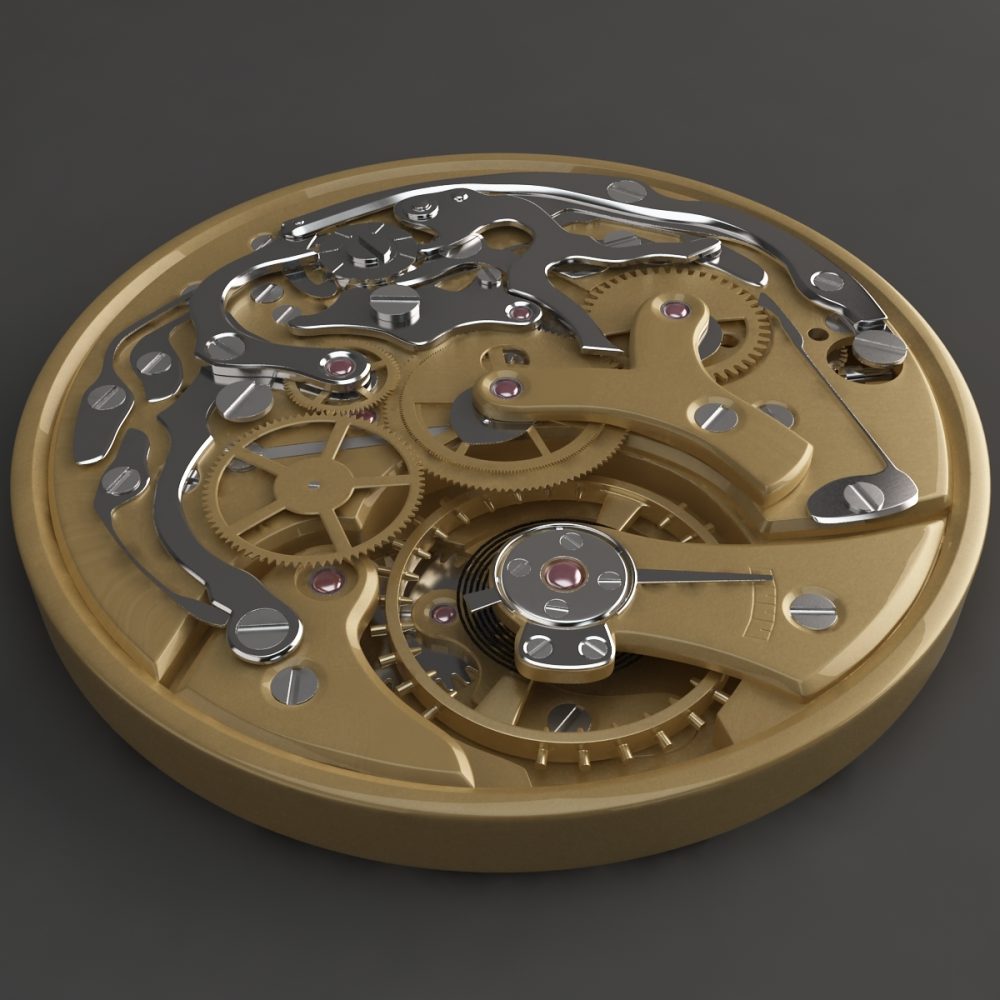
Types of Watch Mechanical Movement
Mechanical movements are generally categorized into two types: manual and automatic. Each type has its unique features and user experiences.
1. Manual Mechanical Movements
Manual movements require the wearer to periodically wind the mainspring. This action stores energy, which powers the watch. Manual watches typically feature a crown that the wearer can turn to wind the movement.
Pros:
– Connection: Winding creates a personal bond between the wearer and the watch.
– Purity: Many purists appreciate the simplicity of manual movements.
Cons:
– Maintenance: Manual watches need regular winding, which some users may find inconvenient.
2. Automatic Mechanical Movements
Automatic movements, or self-winding movements, wind themselves through the natural motion of the wearer’s wrist. Inside the watch, a rotor moves as the wrist turns, winding the mainspring automatically.
Pros:
– Convenience: These watches don’t require manual winding if worn regularly.
– Innovative Design: Automatic movements showcase advanced technology, appealing to tech-savvy consumers.
Cons:
– Power Reserve: If not worn for an extended period, automatic watches may stop, requiring manual winding to restart.
Both manual and automatic movements offer distinct experiences, allowing consumers to choose based on their personal preferences and lifestyles.
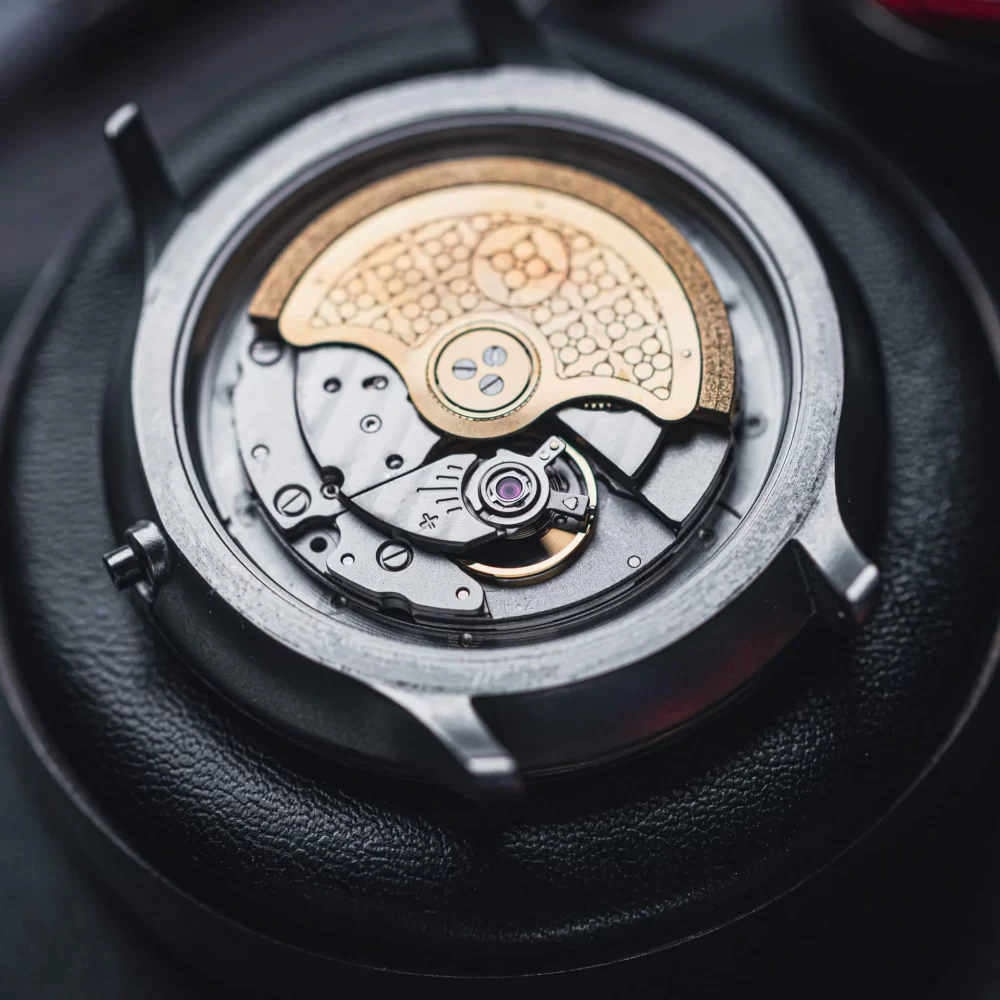
How Mechanical Movements Work
Understanding how mechanical movements function provides deeper insight into their artistry and engineering. A mechanical movement consists of several key components:
1. Mainspring
The mainspring serves as the power source. It is a tightly coiled spring that stores energy when wound. As the mainspring unwinds, it releases energy slowly, driving the gears that move the watch hands.
2. Gear Train
The gear train transmits energy from the mainspring to the escapement. Comprising multiple gears, it regulates the release of energy and ensures accurate timekeeping.
3. Escapement
The escapement controls the movement’s release of energy in a precise manner. It alternately locks and releases the gear train, allowing the gears to move in a controlled rhythm. This function is critical in maintaining accurate time.
4. Balance Wheel
The balance wheel operates like a pendulum, ensuring that the escapement releases energy at regular intervals. Its oscillation regulates the timekeeping of the watch, allowing it to maintain accuracy.
5. Hands and Dial
Finally, the energy transfers to the hands, moving them around the dial to indicate time. The design of the dial varies widely, showcasing a range of aesthetic choices beloved by wearers.
Conclusion of Mechanism Overview
The combination of these components illustrates why mechanical movements are so revered in horology. Their complexity and interdependence embody the ingenuity of traditional watchmaking, allowing these timepieces to stand the test of time.
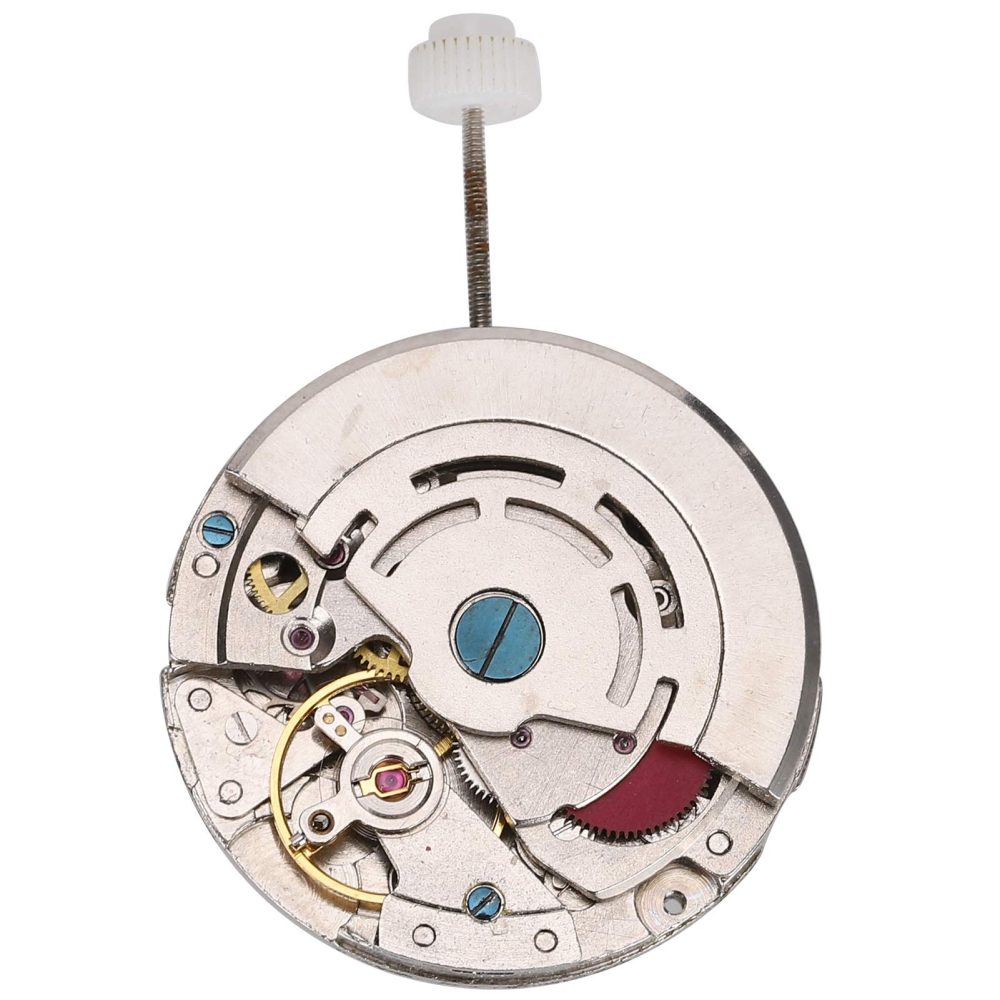
Benefits of Mechanical Watches
Owning a mechanical watch offers numerous advantages beyond mere timekeeping. Here are some compelling reasons why these watches are esteemed:
1. Craftsmanship and Heritage
Mechanical watches represent the pinnacle of craftsmanship. Many models are handmade, reflecting a long-standing tradition of artistry and dedication to quality. This heritage gives mechanical timepieces a unique charm that resonates with collectors and enthusiasts.
2. Longevity and Durability
With proper maintenance, mechanical watches can last a lifetime. Generations of watchmakers have refined techniques to enhance durability, ensuring that these timepieces endure through wear and time. Many reputable brands offer extensive warranties, reinforcing their long-lasting quality.
3. Investment Value
Mechanical watches have the potential to appreciate in value. Collectors often seek limited-edition models from prestigious brands. Rare pieces can become valuable assets, making them not just timekeepers but also investments.
4. Timeless Aesthetics
The craftsmanship involved in creating mechanical watches often results in stunning designs. From classic to modern styles, these watches can complement various personal aesthetics, making them suitable for any occasion.
5. Emotional Connection
Owning a mechanical watch allows for a personal bond. The tactile experience of winding the watch and observing its intricate mechanisms creates an emotional connection between the wearer and the timepiece.
These benefits highlight why many individuals choose mechanical watches as part of their daily attire. The blend of artistry, durability, and personal connection elevates them beyond ordinary timepieces.
Famous Brands with Watch Mechanical Movement
When considering a mechanical watch, reputation matters. Numerous brands are renowned for their exceptional craftsmanship and quality. Here are some prestigious names to consider:
1. Rolex
Rolex is synonymous with luxury and precision. Their mechanical watches are crafted with meticulous attention to detail. The brand’s automatic movements, such as the Rolex Caliber 3130, uphold impeccable accuracy.
2. Omega
Omega is celebrated for its innovation in watchmaking, including the Co-Axial escapement technology that prolongs maintenance intervals. The Speedmaster and Seamaster collections highlight the brand’s dedication to excellence.
3. Patek Philippe
Known for its exquisite craftsmanship, Patek Philippe creates some of the most sought-after mechanical watches. The brand’s commitment to artistry and high-quality movements has garnered a loyal following among collectors.
4. Seiko
Seiko blends affordability with quality. Their mechanical watches offer incredible value without sacrificing craftsmanship. The Seiko 5 series showcases reliable automatic movements at accessible price points.
5. Audemars Piguet
Audemars Piguet is famous for its Royal Oak collection, known for its unique design and exceptional complications. Their movements exhibit intricate craftsmanship, appealing to those seeking exclusivity.
Exploring these brands opens a world of options for mechanical watch enthusiasts. Each offers a unique narrative and level of artistry, perfect for collectors and casual wearers alike.
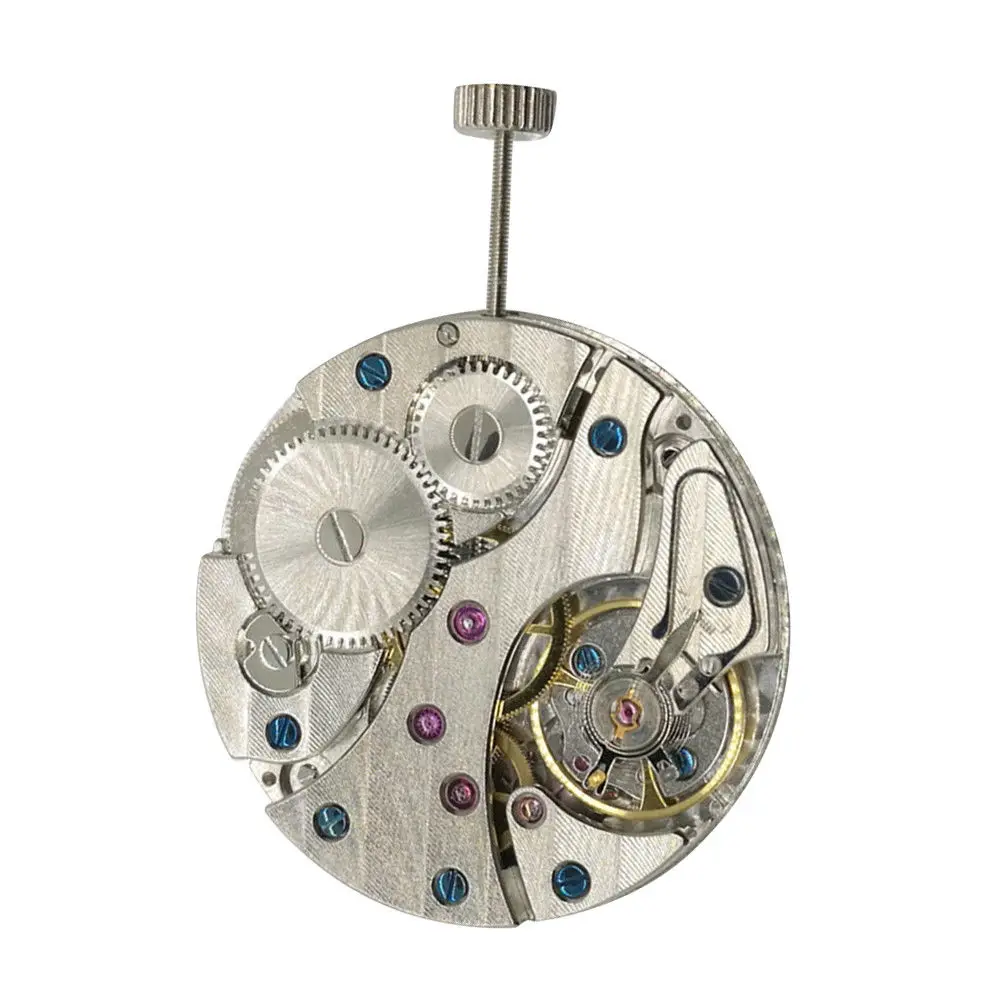
Watch Mechanical Movement Maintenance
Maintaining your mechanical watch is key to ensuring its longevity and accuracy. Here are some essential tips for keeping your timepiece in great condition:
1. Regular Winding
For manual watches, regular winding is crucial. Aim to wind the watch once daily, even if you don’t wear it. This practice keeps the lubricants inside the movement evenly distributed.
2. Avoiding Extreme Conditions
Mechanical watches are sensitive to extreme temperatures and magnetic fields. Avoid exposing your watch to harsh conditions, as this can disrupt its performance and accuracy.
3. Professional Servicing
Periodic professional servicing is vital to maintaining the integrity of your watch. Seek a trusted watchmaker who specializes in mechanical timepieces for cleaning and maintenance every three to five years, depending on usage.
4. Storing Properly
When not in use, store your mechanical watch in a safe, dry place. Avoid direct sunlight and excessive moisture, as these conditions can accelerate wear and damage.
5. Daily Wear
For automatic watches, the best way to keep them running smoothly is to wear them regularly. If not worn often, consider investing in a watch winder to mimic natural wrist movement.
By following these maintenance tips, you can ensure the longevity and performance of your mechanical watch, allowing it to serve you well for years to come.
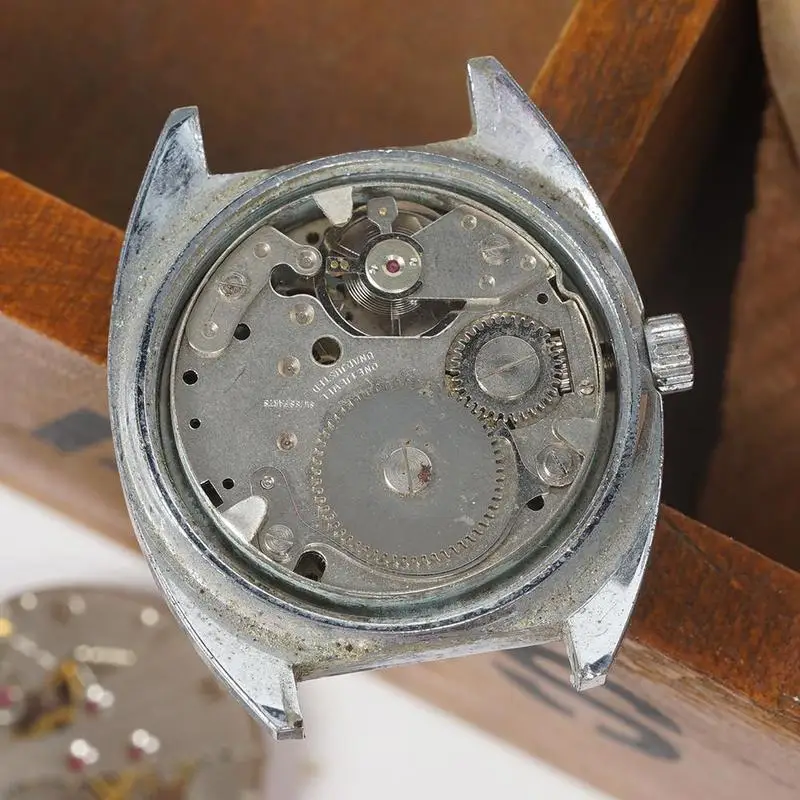
Conclusion
In conclusion, the intricacies of watch mechanical movement reflect a fascinating blend of traditional craftsmanship, innovation, and personal connection. Mechanical watches offer a wealth of benefits, including reliability, beauty, and a rich history that makes them stand out in a world of digital timekeeping.
Whether you are a dedicated collector, a casual wearer, or someone looking for a meaningful gift, understanding mechanical movements will enrich your appreciation for these remarkable timepieces. Explore the diverse options available and consider investing in a mechanical watch that resonates with your style and values.
Embrace the artistry and precision of mechanical watches, and allow them to enhance your everyday experiences.
